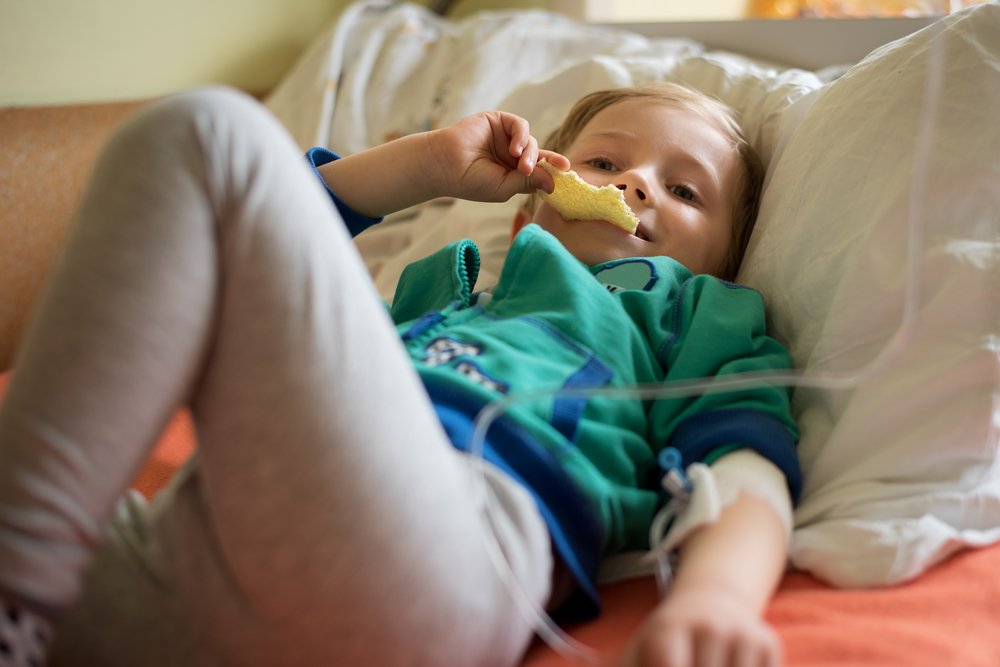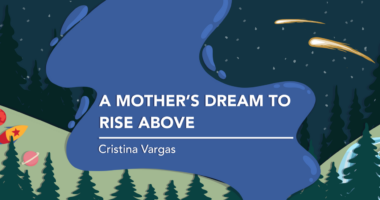Motor Events in Juvenile Batten Disease Like Those Seen in Brain Injuries, Study Suggests

Agitation and involuntary motor activity, which normally occurs in individuals who suffered traumatic brain injuries, also happens in patients with juvenile neuronal ceroid lipofuscinosis (JNCL, also known as Batten disease), according to researchers.
The study, “Paroxysmal sympathetic hyperactivity in Juvenile neuronal ceroid lipofuscinosis (Batten disease),” was published in Autonomic Neuroscience: Basic and Clinical.
Paroxysmal sympathetic hyperactivity (PSH) is a clinical syndrome of agitation and involuntary motor activity that usually occurs in individuals who suffered severe traumatic brain injuries. The episodes can last minutes, hours, or even weeks at a time.
Despite being well-characterized, until now the mechanisms underlying PSH were still controversial.
Researchers described a case series of five patients with JNCL followed clinically for a period of 15 years.
During this period, the functional state of patients’ autonomic nervous system was evaluated by Heart Rate Variability (HRV) — a noninvasive measure of the neural activity present in the heart.
The autonomic nervous system is the part of the nervous system that controls bodily functions, such as breathing and blood pressure, without a conscious effort. It is divided into two main parts: the parasympathetic and the sympathetic nervous system.
HRV results from the interaction between the parasympathetic and sympathetic nervous system. The first is responsible for stimulation of activities that occur when the body is at rest, like sexual arousal, salivation, tears, urination, or digestion; while the second regulates the body’s unconscious actions such as gut motility or neuronal and hormonal stress response.
After adolescence, patients suffered from a significant autonomic imbalance caused by very low parasympathetic activity and an unchanged or high sympathetic excitatory activity.
Patients also experienced episodic attacks of anxiety and agitation combined with involuntary motor activity, characterized by frightened facial expressions, excessive sweating, increased body temperature, and high heart and respiratory rates.
Usually the episodes occurred as a response to either non-harmful stimuli, like repositioning, or potentially harmful stimuli, like bathing, much like what has been reported for PSH.
The author believes that, from a clinical standpoint, the non-epileptic paroxysmal motor activity experienced by adolescent patients with JNCL fit the clinical description of PSH, which is typically associated with traumatic brain injury.
“As pathological changes also occur in the spinal cord in JNCL, the neuropathological basis for development of PSH in JNCL is similar to that seen in patients with traumatic brain injuries,” wrote John R. Ostergaard, MD, a professor at the Centre for Rare Diseases at Aarhus University Hospital in Denmark and author of the study.
“It seems reasonable to propose that PSH similar to what is seen following traumatic brain injuries, occurs in patients with JNCL,” he added.





